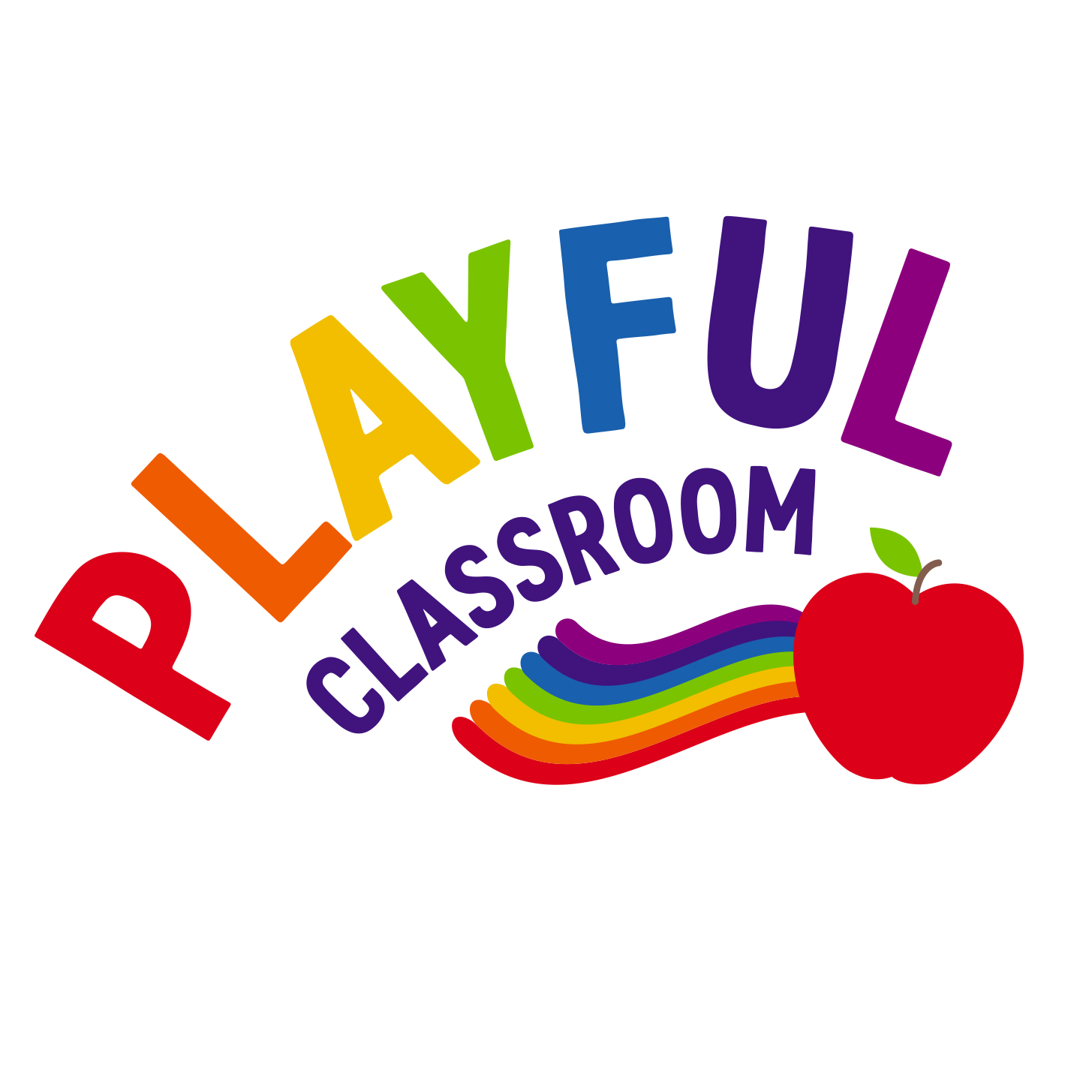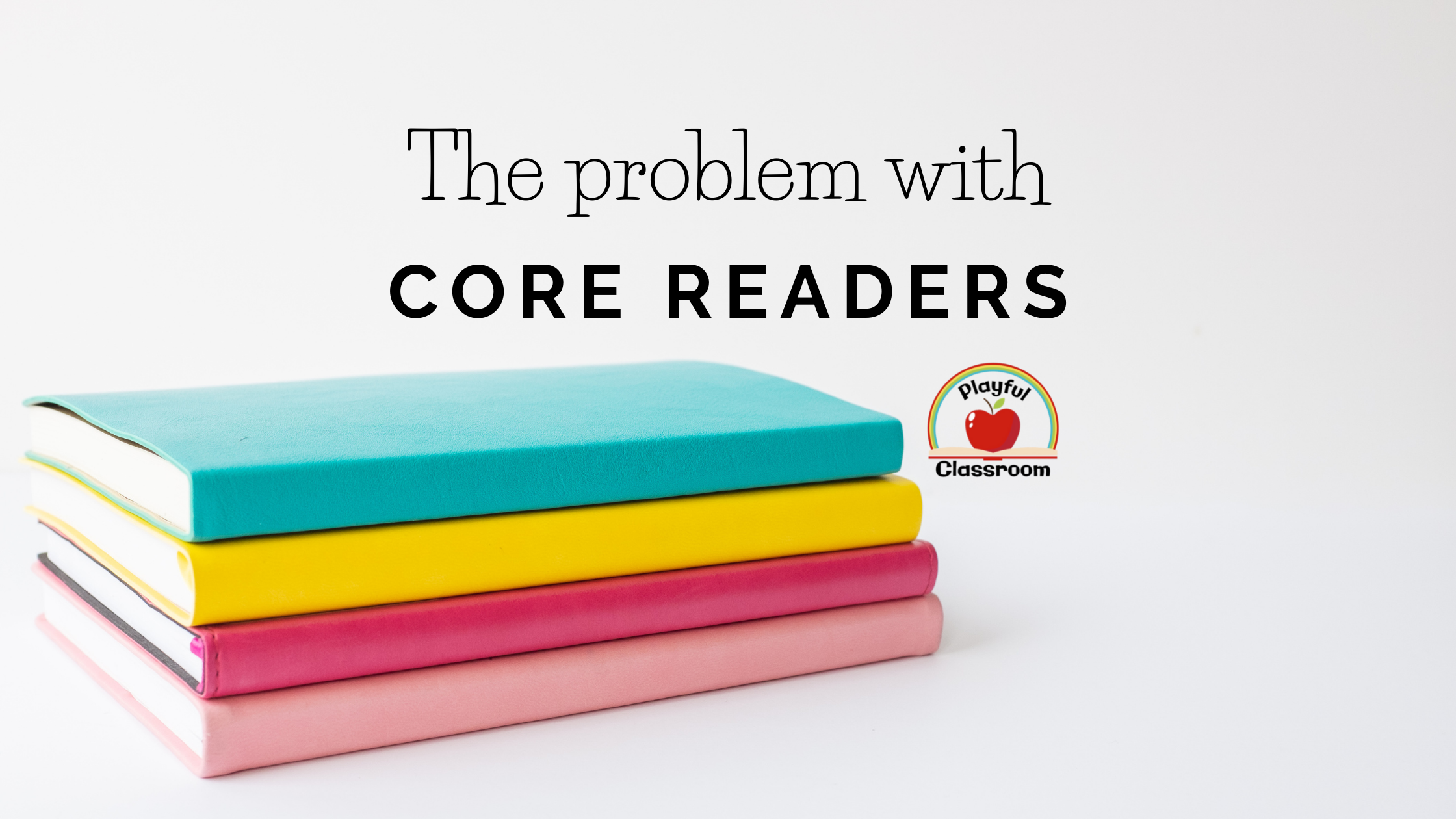When Readers Struggle
The first time that I taught an infant class, I had a ‘core reader’, or ‘class reader’, on the booklist. If you’re not familiar with the term, a core reader is a reading book that a whole class will read together. The text in these readers usually includes lots of high-frequency words and some topic-specific words, which may or may not be decodable for the children.
Using these kinds of texts as a whole-class activity can be beneficial. It can be used to teach or reinforce concepts of print such as left-to-right orientation, capital letters, punctuation and 'finger point reading'. The problem arises when a child is expected to read a text like this independently.
Take, for
example, an average child in Senior Infants (age 6, second year of formal
schooling) at the beginning of the school year.
At this stage, the child will know the letter sounds for the 26 letters
of the alphabet, and a handful of high frequency words such as ‘I’ and
‘the’. Here is an example of a page from
a book that is intended for such a child:

Image ©Folens
Let’s examine the text from this child’s point of view.
“It is autumn.”
The problem
starts with the word ‘autumn’. If the
child has not yet learnt the /aw/ sound and corresponding spellings, then they
will not be able to decode the word.
That’s even before we look at the issue of the silent ‘n’!
But surely the children can just look at the picture and figure out what the word is? Yes, they might be able to do that. But think about what other possible words would fit in here.
It is
October.
It is Halloween.
It is orange.
Well, can’t they look at the first letter of the word and use that to help? The first letter in ‘autumn’ has many different sounds associated with it, most of which the children have not yet been taught.
Does it matter? If you give them the word, won’t they just remember it the next time that they read it? Or can’t you just pre-teach the word using flashcards? You can, but the children are not truly learning how to read that word.
In order to retain a word into your sight word ‘memory’, your brain needs to be able to make a connection between the sounds and the letters (phonemes and graphemes). Words are not stored in our visual memory. If they were, we would never be able to read words there are handwritten, or presented in different fonts or all capitals. This has been proven through scientific research over the last 4 decades, using brain imaging studies of children and adults.
The Science of Reading is clear. The research has been done and the results are strong. We must give our children the best possible chance to become skilled readers. Skilled readers do not rely on picture cues or other guessing strategies. We read words based on the connections that we know between speech and print.
Check out my blog post on Decodable Readers here.
If you are interested in learning more about the Science of Reading, have a look at these websites:Playful Classroom is a participant in the Amazon Services LLC Associates Program, an affiliate advertising program designed to provide a means for sites to earn advertising fees by advertising and linking to Amazon.co.uk.


